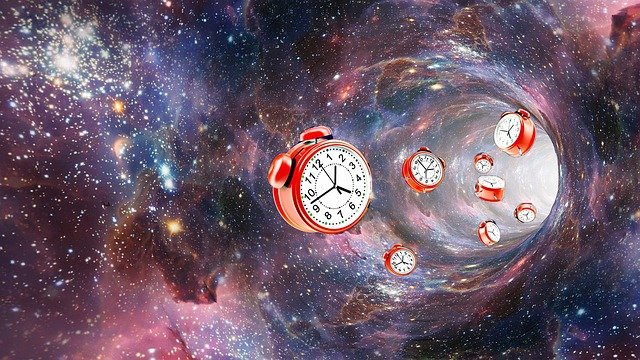As clocks ‘fall back’ an hour to standard time, here’s what netizens have to say about Daylight Saving Time. This Sunday, clocks will start to “fall back” an hour to standard time in the US as Daylight Saving Time comes to an end.

Americans will gain an additional hour of sleep with this biannual changing of clocks. This change affects the lives of millions across the US, with clock changes, disrupted sleep, and early sunsets. Though 2 a.m. on Sunday, November 5 is the official time to set clocks back to standard time, many Americans prefer to change their clocks before going to sleep on Saturday.
What is Daylight Saving Time?
Daylight Saving Time is the period starting from March to November when clocks are adjusted to an hour forward to accommodate springtime. It is a means to conserve energy by utilizing more hours of natural light. Thus, during this period, Americans lost an hour to add more daylight in the evenings. However, from November to February, clocks are adjusted an hour back, commonly referred to as “fall back,” to gain an additional hour of sunlight in the mornings during the winter season.
When to ‘fall back’ clocks in 2023?
This year, Daylight Saving Time ends on November 5, making the official time for the change of clocks 2 a.m. on Sunday. The autumnal equinox was on September 23, which marked the beginning of fall. The standard time will last until the next DST in 2024, which will start from 2 a.m. on March 10.
Which states do not observe Daylight Saving Time?
Although Daylight Saving Time is mainly observed in the United States, not all states follow it. Hawaii and Arizona, except the Navajo Nation, do not observe DST. Additionally, the US territories – American Samoa, Guam, the Northern Mariana Islands, Puerto Rico, and the U.S. Virgin Islands do not take part in DST.
What do netizens say?
As the time to shift clocks comes once more this year, netizens have flocked to social media to express their opinions and how they are planning to deal with their new schedule. One user quipped, “Ahh… time to enjoy an extra hour of sleep.” Another wrote, “2 AM when it saw the clock go from 1:59 back to 1 AM.” One more user expressed, “I went to sleep last night and woke this morning without thinking about #DaylightSavingTime. Then the morning news weather forecast reported that for the next three months, sunset would occur earlier than my workday ends.”
Why was Daylight Saving Time created?
Daylight Saving Time was introduced to make better use of natural daylight, particularly during the summer months. It was originally conceived as a way to save energy and reduce the need for artificial lighting, thus conserving resources. By moving the clocks forward in the spring and back in the fall, it aimed to align people’s waking hours more closely with natural daylight, thereby reducing energy consumption.
When does Daylight Saving Time start?
Daylight Saving Time typically starts on the second Sunday in March. This shift moves the clocks forward by one hour, effectively shifting an hour of daylight from the morning to the evening. The idea is to make better use of natural daylight during the longer days of spring and summer.
What does Daylight Saving Time end mean?
Daylight Saving Time ends when the clocks are moved back one hour, effectively “falling back” to standard time. This transition occurs in the fall, typically on the first Sunday in November, and it allows people to gain an additional hour of daylight in the morning.
Why was Daylight Saving Time started for farmers?
Daylight Saving Time was initially introduced as a way to benefit farmers by providing more daylight during their working hours. By shifting the clocks forward during the spring and summer months, farmers could make better use of natural daylight, making it easier for them to tend to their crops and animals.
Why should Daylight Saving Time be abolished?
The debate over the continuation of Daylight Saving Time is ongoing. Critics argue that it disrupts people’s circadian rhythms, leading to sleep disturbances and health issues. Some believe that the energy-saving benefits are no longer significant due to advancements in energy-efficient lighting and appliances. Abolishing Daylight Saving Time may help alleviate these concerns and maintain a more consistent time throughout the year.
Daylight Saving Time in Europe?
Daylight Saving Time is observed in Europe, but the start and end dates may vary from country to country. The European Union has standardized the transition dates to coordinate time changes across member states. Typically, DST in Europe starts on the last Sunday in March and ends on the last Sunday in October.
Conclusion
As Daylight Saving Time comes to an end, the debate over its necessity and effects continues. While it offers some benefits, such as energy conservation, it also disrupts sleep patterns and circadian rhythms for many. The opinions of netizens reflect the mixed feelings towards this biannual clock adjustment. Whether or not Daylight Saving Time will persist in the future remains a subject of ongoing discussion.